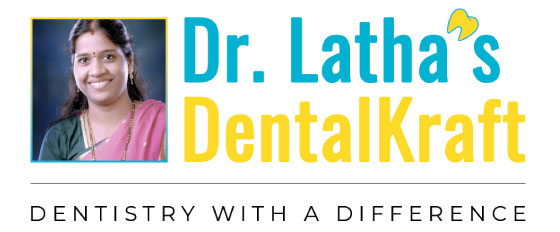Choosing a Toothbrush
Selecting a brush can prove to be a task – a confusing one at that. There are a plethora of options available, and you just can’t “Pick one and be done with it.”
The one size fits all approach might not be of much use. It might even prove to be harmful to your overall dental and oral hygiene.
So, how indeed, do you choose the one that is right for you? There are slant-headed, soft-bristled, stiff-bristled, small, medium, large, and choosing the one that feels right might not be simple.
Ultimately, it is Occam’s razor. The one that feels right for you, might be right after all. Get something that you feel comfortable with, you can do this through trial and error.
In case you need help, some of the things that you might need to consider are the size, shape, bristle type, quality, and last but certainly not least, your comfort.
Bristles
One of the most important things to consider is the bristles when looking for a toothbrush. Bristles are soft, medium, and hard bristles. The harder, the better in terms of cleaning, right? Nope. The cleaning that they offer is satisfactory at best, but in addition to that, they damage your enamels and also, they make your gums recede.
So a widely sought-after option is a soft-bristled brush. They are a lot better when it comes to cleaning, and they are teeth-friendly as well. They have rounded tips to make sure they go easy on your enamels.
In case you have more doubts regarding the bristle choice, consulting a dentist might help you get the one you can easily warm up to.
Size
Small, large, medium, to each their own. All that matters is whether it reaches every corner, ensuring a complete and comfortable cleaning. It’s quite simple, really – a bigger handle for your toothbrush means better ergonomics, but a bigger brush head will have a harder time reaching the far corners, hence cleaning bacteria might be harder.
Choose a brush with say, a brush head that measures up to one-third of your index finger, more or less.
Some might prefer something smaller than that, but that is their own choice. All that matters is the overall comfort when using them. In case you are choosing for a child, you can go with something smaller, which would suit them perfectly.
Shape
Toothbrushes come in oval, and rectangular shapes. Choosing which one you should use depends entirely upon you. You can choose whichever one suits your brushing style and your dental structure.
Quality
Getting cheap toothbrushes for whatever reason can prove to be dangerous. Howsoever tempted you are to get one because it is dirt-cheap, it is a better option to just not. Getting a good brush means lesser trips to the dentist – an investment in oral health and hygiene.
Cheaper brushes might not prove to be up to the mark in terms of quality as much, they might have pointy bristles, harming your gums and enamel as a result.
Going Electric
An electric brush offers cleaning only as good as any regular brush. The reason why it is being preferred is because of its ease of use. It entirely depends upon the user to ensure that they clean thoroughly.
This ease that the electric brushes provide really help children and people with motor disabilities, but it doesn’t mean that you cannot use one. If you find it enjoyable, get yourself one.
There are some features that might attract anyone who is particular about dental hygiene:
- The pressure settings: You can change the pressure settings to aid your sensitive teeth. It warns you when you apply too much pressure
- Motion settings: the motion settings can be used to change the motion to either rotary or pulsating to suit your brushing style
- Timing settings: The timer settings help you know when you hit the two minute mark for you to stop brushing. Two minutes are the mandate, but most don’t go that far, and if you are one of these people, the time would surely come in handy.
- Orthodontic and prosthodontics support: A regular brush can prove to be harder for the people who have braces and the like, ad an electric toothbrush can help with this as it moves a lot faster and ensures that the plaque in the appliances get removed easily.
Replacing the Brush
It is recommended by dentists to change your toothbrush every 4 months. How would you know? The bristles will have frayed by then, or at least, bent out of shape.
Some brushes come with a bit of color at the end, and when it fades, you know you should make the change.
Apart from that, it is also advisable to change your brush after a sickness passes. Remnant bacteria may still be present on the brush, and hence the change.
Following these instructions would improving your overall hygiene. And if you are ever feeling that they don’t do enough, visiting a dentist for advise always helps.





